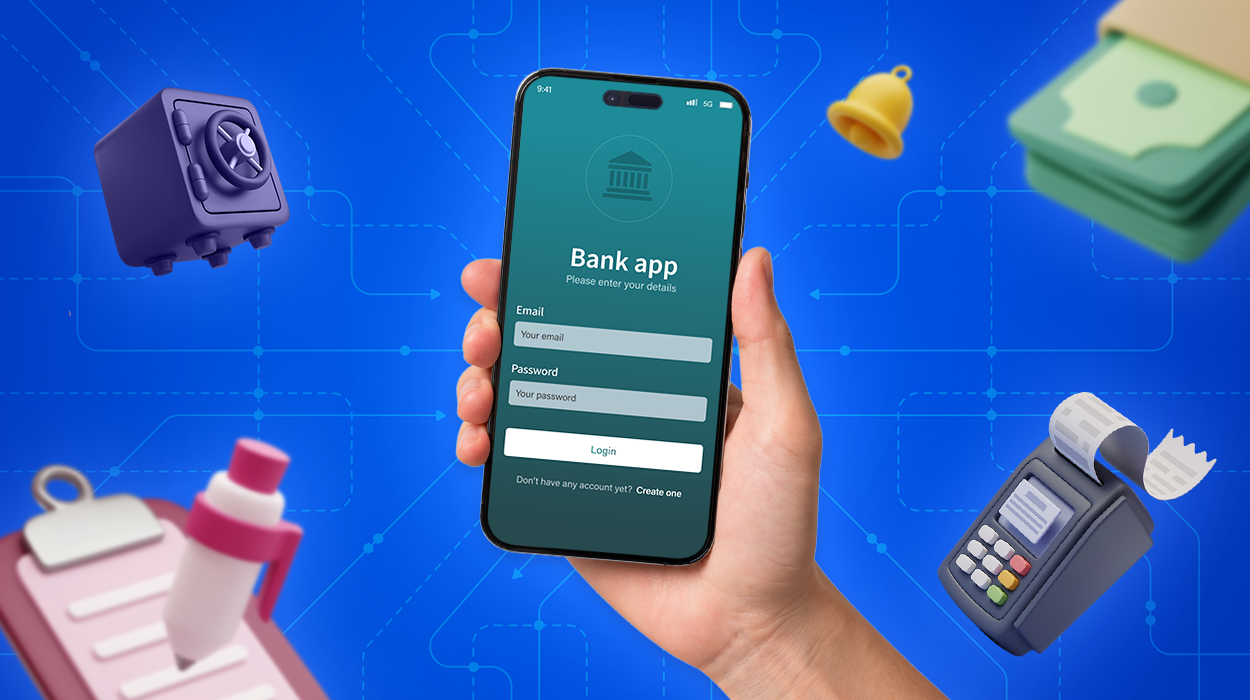Every Filipino knows that feeling when the sky turns dark and the wind picks up. Tag-ulan na naman.
This year’s rainy season is different. La Niña is here, bringing more rain than usual. Dengue cases jumped 73% nationwide, with over 62,000 cases recorded by March 2025. Metro Manila saw a shocking 240% increase in the first quarter alone. The Philippines faces around 20 typhoons every year, and with climate change intensifying weather patterns, this season looks particularly challenging.
No amount of preparation can stop the rain or prevent every problem. But having the right essentials and a solid plan can make the difference between facing a crisis and managing a difficult situation. It’s about giving your family a fighting chance when things get tough. Let’s break down what you need to have ready this rainy season.
Rainy Season Essentials Checklist
- Emergency Basics: Water storage for three days, non-perishable food, powerbanks, flashlights with batteries, battery-powered radio, and emergency whistle.
- Health-Protection: Mosquito repellent, water purification tablets, complete first aid kit with pain relievers and fever medicine, prescription medications, and antiseptic supplies.
- Communication: Weather apps like PH Weather and Earthquakes, spare mobile phone, portable chargers, and emergency contact numbers saved in multiple locations.
Emergency Basics
Water and Food Storage
Store one gallon of clean water per person per day for at least three days. Yes, it takes up space, but when floods contaminate the water supply, you’ll be glad you did. Keep water purification tablets handy and always boil water for at least one minute after flooding. Buy canned goods your family actually likes eating. Add biscuits, energy bars, and juice boxes that don’t need refrigeration. Choose foods with extended shelf lives that you can eat straight from the package.
Power Solutions for Dark Days
Power outages are common during typhoons. Your phone then becomes your lifeline: your weather monitor, updates on news, communication device, and flashlight all in one. Get power banks with at least 10,000 mAh capacity. Keep several charged and ready. Solar generators and portable power stations work great for longer outages.
Aside from that, put LED flashlights in every room, not just one spot. When the power cuts out at night, everyone should know exactly where to find light. Keep extra batteries on hand. A battery-powered radio might seem old-school, but it works when your phone dies and the internet’s down. Emergency broadcasts continue via radio when everything else fails.
Protecting Your Technology
Your smartphone has emergency contacts, weather apps, and communication channels. One drop in a puddle can ruin it when you need it most. Get phone cases with IPX8 waterproof ratings for full immersion protection. Buy roll-top waterproof backpacks for electronics and documents. Regular bags soak through, damaging everything inside.
Home Preparation
Your home’s condition determines whether you weather storms safely or face dangerous situations. Check your roof for leaks. Clear gutters and drains. Secure outdoor items that could blow away. Trim trees near power lines. Small fixes now prevent major damage later. Check your electrical system and make sure all breakers are labeled. Install surge protectors for electronics. If you have a generator, keep it fueled and ready—but never run it indoors because carbon monoxide kills.
Health-Protection
The rainy season brings “WILD diseases”—Waterborne diseases, Influenza, Leptospirosis, and Dengue. When roads flood and clinics overflow, your first aid kit becomes your first line of defense.
Your Home Medical Kit
Pack pain relievers, fever medicine, bandages, antiseptic, and a good thermometer. Keep at least two weeks’ worth of prescription medicines in waterproof containers. Add anti-allergy and anti-diarrhea medicine too. These basics can prevent minor problems from becoming medical emergencies when professional help isn’t immediately available.
Fighting Dengue
With dengue cases up 73% and creating a significant health concern, prevention is crucial. Remove all standing water around your home—check plant pots, old tires, and clogged gutters regularly. Mosquitoes can breed in water that’s been sitting for just a few days. Use mosquito repellent with DEET, citronella, or lemon eucalyptus. Wear long sleeves during early morning and late afternoon when Aedes mosquitoes are most active. Install window screens and use mosquito nets.
Water Safety and Hygiene
Maintain strict water safety protocols. Boil drinking water for at least one minute before consumption. Store treated water in clean, covered containers. Practice proper handwashing with soap and clean water. Avoid eating food that may have been exposed to floodwater. During flooding, never wade through floodwaters, which may contain sewage, chemicals, and disease-causing organisms. Floodwaters can also hide dangerous debris, open manholes, and electrical hazards.
When Someone Gets Sick
If someone in your family shows symptoms during flooding, seek medical attention if roads are passable. If flooding prevents travel, call emergency hotlines for guidance. Keep your first aid kit accessible and monitor symptoms closely. Maintain communication with medical professionals via phone if possible. Watch for signs of dengue like high fever, severe headache, pain behind the eyes, joint and muscle pain, or rash.
Communication: Stay Informed and Connected
Official Weather Monitoring
Follow PAGASA (Philippine Atmospheric, Geophysical and Astronomical Services Administration) for weather information. They provide real-time updates and accurate forecasts through their PANaHON system and official website. Follow NDRRMC (National Disaster Risk Reduction and Management Council) and your local government on social media for evacuation orders, road closures, and emergency assistance information. Download PH Weather and Earthquakes now. This app gives weather updates from PAGASA, earthquake alerts, and hazard maps—all in one place.
Emergency Contact System
Save emergency numbers in your phone now—PAGASA hotlines, local emergency response, police, fire department, and utility companies. Designate an out-of-area contact person that all family members can call if local communication becomes difficult. Sometimes it’s easier to call someone in another region than to reach family members in the same city during emergencies. Ensure all family members have important phone numbers memorized and keep emergency contact lists in multiple locations.
Avoiding Misinformation
Social media is filled with rumors during emergencies. Always verify information with official sources before making decisions or sharing with others. False information spreads quickly during crises, creating confusion and potentially dangerous situations. Stick to official channels from PAGASA, NDRRMC, and local government units for accurate updates.
Evacuation Planning
Having a plan helps mitigate panic in times like this. Pick evacuation routes and meeting points. Identify two routes from home to evacuation centers in case one is blocked. Choose an out-of-area contact everyone can call if local communication fails. Practice your plan once before the rainy season peaks. Kids need to know what to grab and where to go without detailed instructions during emergencies.
Pack an evacuation bag now with water, food, medicines, documents, clothes, and comfort items for kids. Keep it ready to grab. Follow PAGASA’s weather warnings and local government evacuation orders. Never ignore evacuation orders—they’re based on data and experience. If you feel unsafe, leave even without official orders.
Preparation shows you care. It protects the people you love. It gives you peace of mind when storm warnings come. Don’t wait for tomorrow. Start preparing today. The next storm is coming—will you be ready?
Frequently Asked Questions
When is the rainy season in the Philippines?
June through November, with peak typhoon activity from July to October. But the weather is becoming less predictable, so stay prepared year-round.
How much water do I really need?
One gallon per person per day for at least three days. For a family of four, that’s 12 gallons minimum.
How do I prevent dengue?
Remove all standing water around your home. Use mosquito repellent. Wear long sleeves during early morning and late afternoon. Install window screens and use mosquito nets.
When should I evacuate?
Follow PAGASA warnings and local government orders. Never ignore evacuation orders. If you feel unsafe, leave even without orders. Better safe than sorry.
Can I drink tap water after flooding?
No! Boil water for at least one minute or use purification tablets. Wait for official clearance before drinking unboiled tap water.
What’s the difference between waterproof and water-resistant?
Water-resistant handles light rain. Waterproof (especially IPX8 rated) can be fully submerged. For phones and documents, choose fully waterproof.
How often should I check my emergency kit?
Twice a year—before rainy season and mid-season. Check expiration dates. Test flashlights, radios, and power banks. Replace expired items immediately.
What if someone gets sick during flooding?
Seek medical attention if possible. If flooding prevents travel, call emergency hotlines. Keep your first aid kit accessible and monitor symptoms closely.
Does homeowner’s insurance cover floods?
Many policies don’t or have limited coverage. Check your policy and consider additional flood insurance if you’re in a high-risk area.
How can I help my community prepare?
Share information with neighbors. Help elderly residents prepare. Join neighborhood response teams. Community resilience starts with individual action.
M2.0 Communications is a Public Relations Firm that specializes in business, technology, and lifestyle communication. We offer a range of PR services including crisis communications, media relations, stakeholder management, influencer marketing, and video production. Learn more about our work on our case studies page.



